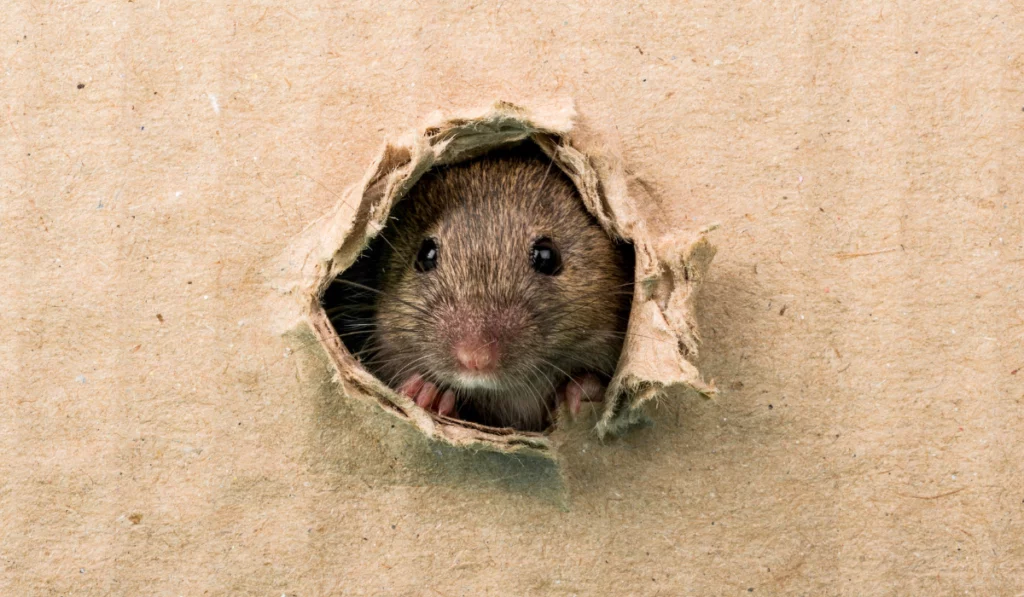Finding red, itchy spots on the skin can be alarming, especially if the culprit is hiding in your bedroom. Other signs, like tiny rust-colored stains on sheets, are strong hints of bed bugs.
These pests are a headache and highly intrusive, making them a pressing concern. Read on to learn more and protect your home from these nuisance pests.
Key Takeaways
- Bed bugs in California are attracted to warm climates and often leave small, itchy, red bites on exposed skin.
- Rusty stains, dark spots, or a musty odor in your bedding or furniture could mean bed bugs are present.
- Bed bugs hide in places like mattress seams, furniture cracks, and wall gaps, so checking these areas is important.
- Calling a professional pest control service is a good idea if you find signs like live bed bugs, bites, or stains.
How to Identify the Signs of a Bed Bug Infestation in California
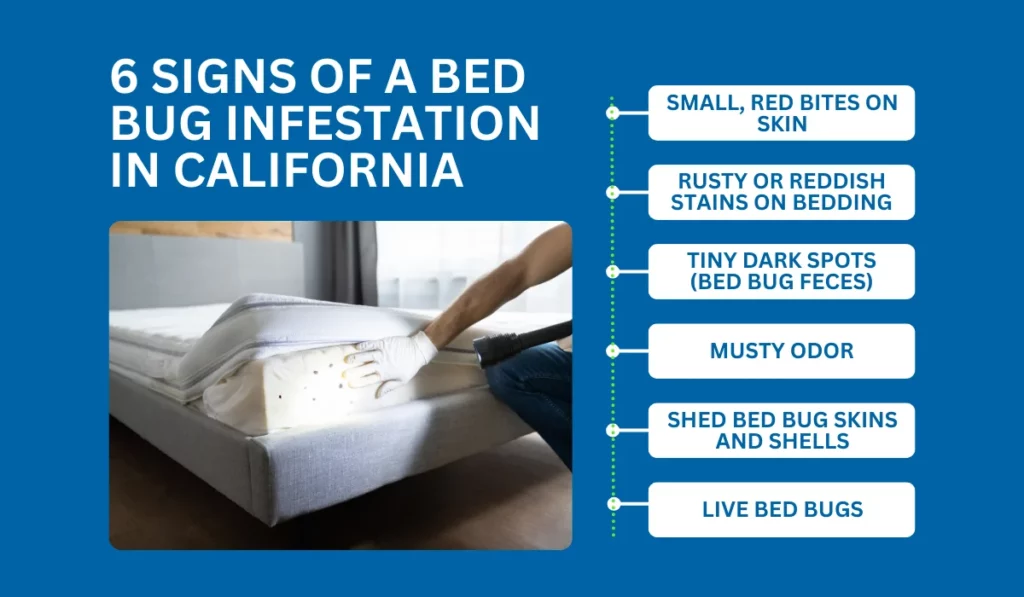
California’s warm climate often makes it a hotspot for bed bug infestations. Identifying these pests can help maintain comfort and peace of mind. Here are the signs you must pay attention to.
1. Small, Red Bites on Skin
After completing their blood meal, bed bugs leave small, itchy, red bumps on the skin. These can be arranged in a line or a cluster, resembling other skin conditions like hives or blisters.
Like flea bites, some individuals might experience a mild allergic reaction, leading to swollen welts.
Bed bug bites typically occur in exposed areas during sleep, such as the arms or neck. Since not everyone reacts to these skin reactions, they can be an early sign of bed bugs in the home for those who do.
Antihistamine creams can ease itchiness and irritation from the symptoms of bed bug bites. Consulting a medical professional could be beneficial if you’re unsure.
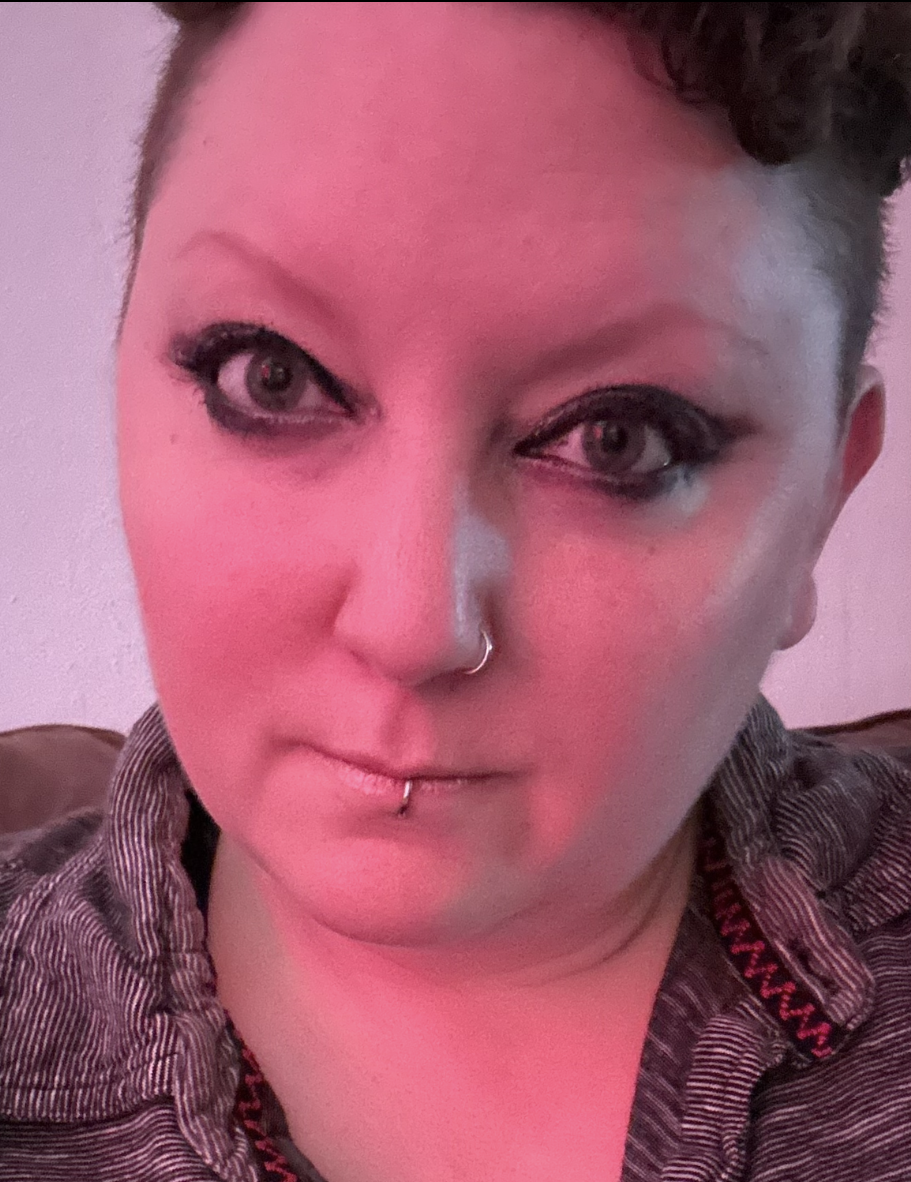
My bachelor uncle was a mess, but no one knew he was infested with bed bugs! Three days after staying with us for Christmas, my son complained about clusters of bumps on his belly.
A day after, I had them too. My uncle had stayed with four other cousins besides me. Between us, we spent well over $25,000 to treat our houses, replace infested furniture and burn most everything else! Our poor, sad bachelor… #bachelorwithbedbugs
— Djinn Six, Voiceover Artist
2. Rusty or Reddish Stains on Bedding
Reddish-brown stains on sheets or bedding are another sign of bed bugs. These stains occur when bed bugs are crushed inadvertently, often during sleep. Seeing these stains can be alarming, as it usually means the infestation is near sleeping areas.
3. Tiny Dark Spots (Bed Bug Feces)
Tiny dark spots resembling black ink dots can be found on bedding, mattresses, and nearby furniture. These spots are bed bug droppings and often smudge when wiped. You’ll usually find them in clusters, particularly in mattress seams or hidden places.
4. Musty Odor
A faint, musty, or unpleasant odor can sometimes be noticeable if the infestation is significant. This smell is caused by chemicals released by the bed bugs, known as alarm pheromones. They use this to communicate when threatened.
5. Shed Bed Bug Skins and Shells
As bed bugs grow, they shed their skin many times, leaving clear, empty shells behind. These exoskeletons can accumulate after several molting processes. Eventually, they form a visible proof of an infestation.
6. Live Bed Bugs
Spotting a few bed bugs is the most conclusive sign of an infestation. They are small, wingless, reddish-brown insects, often about the size of an apple seed.
Female bed bugs are particularly problematic because they can lay hundreds of bed bug eggs to continue the life cycle.
Where to Check for Bed Bug Signs in Your California Home
Bed bugs are crafty about hiding places, favoring tight, dark spaces. Even if they are tricky to spot with the naked eye, a diligent search can uncover their presence.
Mattresses and Bedding
Since bed bugs gravitate to sleeping areas, examine the seams and tags on the mattress and box spring. Bed frames and headboards can also harbor these uninvited guests. Bed sheets and linens should be carefully inspected. Small dark spots that resemble ink could suggest bed bug excrement.
Furniture and Upholstery
Couches and other upholstered furniture are common hiding places. Bed bugs can tuck deep into crevices, making them hard to detect. Focus on seams and under cushions. Dressers, especially those near beds, should not be ignored. Pull drawers out to check all visible areas.
Wall Cracks, Baseboards, and Carpets
Adult bed bugs can squeeze into surprisingly small spaces, so wall cracks and loose wallpaper might be inviting hiding spots. Baseboards, especially those near sleeping areas, should also be inspected. Also, be mindful of electrical outlets nearby, which are less obvious hideaways.
How to Get Rid of Bed Bugs in Your Home
Dealing with bed bugs can be frustrating, but there are ways to tackle them effectively. Start by identifying where these pests are hiding.
- Inspect mattresses, furniture, and other areas carefully.
- Look for blood stains, black specks (bed bug excrement), and the oval-shaped bodies of adult bugs.
- Bed bugs often hide in a zigzag pattern along the seams of mattresses.
Once the hiding spots are found, begin the bed bug removal process.
- Wash all bedding, clothes, and linens in high heat. Heat kills bed bugs at all stages, from eggs to nymphs to adults.
- Vacuum regularly. Focus on all furniture, floors, and especially cracks and crevices.
- Consider enclosing items in a plastic bag if they can’t be washed. Leave them sealed for at least 2-3 weeks.
- Contact a reliable pest control company or exterminator.
- They can apply professional treatments like heat applications or specialized chemical solutions unavailable to the public.
When to Call Pest Control
If you find any bites clustered in a line or zigzag pattern, it might be time to contact pest control. They can provide more advanced and thorough solutions. Early intervention can prevent a larger infestation from spreading.
Besides bed bugs, do you need help with other critters, such as cockroaches, ants, and termites? Visit our website for a free estimate.
 1st pest control service just $49. Must schedule service online.
1st pest control service just $49. Must schedule service online.

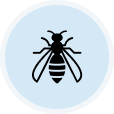

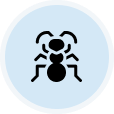
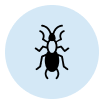

 You’re supporting a small, local business
You’re supporting a small, local business


